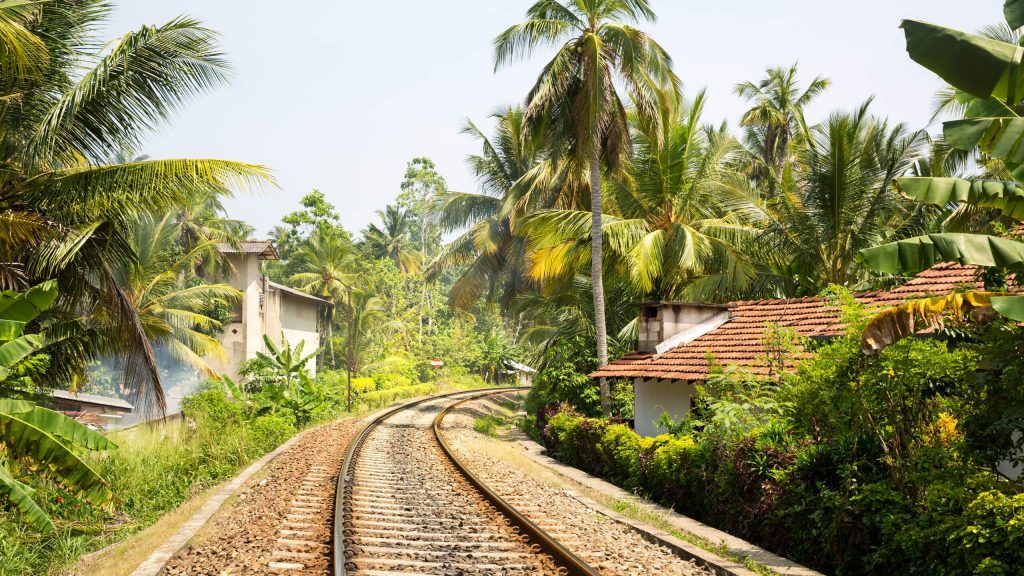Sri Lanka’s documented history spans 3,000 years, with evidence of pre-historic human settlements dating back to at least 125,000 years. It has a rich cultural heritage and the first known Buddhist writings of Sri Lanka, the Pāli Canon, date back to the Fourth Buddhist council in 29 BC.
Sri Lanka was known from the beginning of British colonial rule as Ceylon (/sɪˈlɒn/, US also /seɪ-/). A nationalist political movement arose in the country in the early 20th century to obtain political independence, which was granted in 1948; the country became a republic and adopted its current name in 1972. Sri Lanka’s recent history has been marred by a 30-year civil war, which decisively ended when the Sri Lanka Armed Forces defeated the Liberation Tigers of Tamil Eelam (LTTE) in 2009.

The island is home to many cultures, languages and ethnicities. The majority of the population is from the Sinhalese ethnicity, while a large minority of Tamils have also played an influential role in the island’s history
Wikipedia
The current constitution stipulates the political system as a republic and a unitary state governed by a semi-presidential system. It has had a long history of international engagement, as a founding member of the South Asian Association for Regional Cooperation (SAARC), and a member of the United Nations, the Commonwealth of Nations, the G77, and the Non-Aligned Movement. Along with the Maldives, Sri Lanka is one of only two South Asian countries rated “high” on the Human Development Index (HDI), with its HDI rating and per capita income the highest among South Asian nations. Sri Lankan constitution accords Buddhism the “foremost place”, although it does not identify it as a state religion. Buddhism is given special privileges in the Sri Lankan constitution.

The island is home to many cultures, languages and ethnicities. The majority of the population is from the Sinhalese ethnicity, while a large minority of Tamils have also played an influential role in the island’s history. Moors, Burghers, Malays, Chinese, and the aboriginal Vedda are also established groups on the island.
In antiquity, Sri Lanka was known to travellers by a variety of names. According to the Mahavamsa, the legendary Prince Vijaya named the land Tambapanni (“copper-red hands” or “copper-red earth”), because his followers’ hands were reddened by the red soil of the area. In Hindu mythology, such as the Ramayana, the island was referred to as Lankā (“Island”). The Tamil term Eelam, was used to designate the whole island in Sangam literature.
Ancient Greek geographers called it Taprobanā (Ancient Greek: Ταπροβανᾶ) or Taprobanē (Ταπροβανῆ) from the word Tambapanni. The Persians and Arabs referred to it as Sarandīb (the origin of the word “serendipity”) from Cerentivu or Siṃhaladvīpaḥ. Ceilão, the name given to Sri Lanka by the Portuguese Empire when it arrived in 1505, was transliterated into English as Ceylon. As a British crown colony, the island was known as Ceylon; it achieved independence as the Dominion of Ceylon in 1948.
